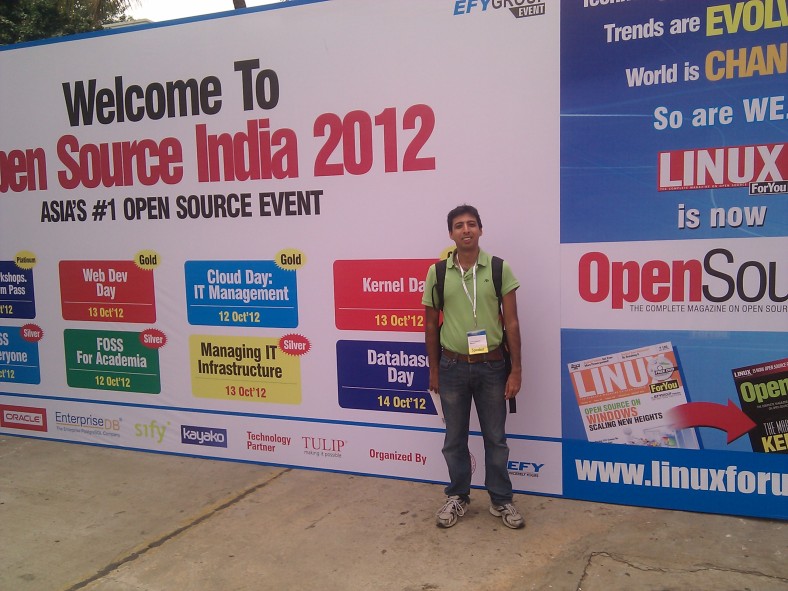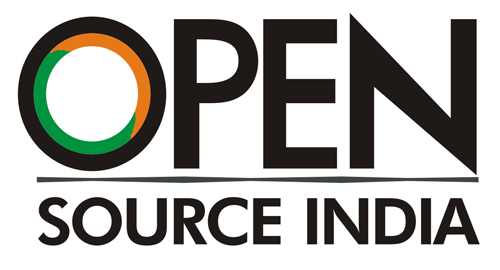For most Open Source vendors, their Website is their primary marketing channel and forum to communicate with users, partners and community developers. And so, it’s quite important that the Website meet the vendor’s positioning, messaging and communication needs whilst also being usable, informative and comprehensive.
At Age of Peers, we’re often asked to help Open Source vendors with their marketing and communications strategy, and one of the tasks in that list usually involves reviewing, editing and fixing their Website copy. If you or your marketing team are planning to undertake a similar task, this blog post has some quick tips and techniques that I’ve found useful in the past.
Understand the Website Structure
I’ve found that each Website is a different animal, insofar as its structure goes. It’s important to fully understand the key sections of the Website before starting to write even a single line of copy. This can help inform the copy and ensure that content is properly targeted. For example, if the Website structure displays separate sections for users, partners and community developers, it provides an impetus to begin thinking about the tone and style for each of these sections (more business-like for partners, more informal for community developers and users).
Understanding the Website structure right from the start also helps identify duplication – for example, two sections of the site talking about the same product. This can often produce mixed messages unless the purpose of each section is clearly identified – for example, product features for users versus product features for developers. In this case too, having a good understanding of the Website structure is essential to ensuring the copy is correctly positioned and not redundant.
Create a Style Guide
A style guide is a critical element of any Website copywriting exercise. A style guide sets certain standards or rules for the copy, and ensures that all authors produce copy that is consistent and uniform. There’s nothing more disconcerting than for site visitors to see a different style (of spelling, grammar, capitalization, voice, tone…) on each page of what is supposed to be the same Website! Having a style guide ensures that all content authors start with a common foundation and understanding, and it also serves as a useful guiding document for the vendor’s staff when handling future content updates to the site.
Stay on Message
(Re)launching a Website is a major project, and more often than not, it is undertaken specifically to better communicate a vendor’s position and message to the marketplace. Therefore, it’s of primary important that every element of every page on the Website support and reinforce that message. To ensure this, I find it valuable to spend a fair amount of time defining or reading the vendor’s marketing and communication strategy, to identify the unique selling points of its products and how it plans to position itself for market advantage. This gives me good ideas about the style, tone and voice of the copy – for example, whether it should be informal (community open source project) or corporate (enterprise OSS vendor).
This isn’t enough, however. I also find it useful to review the Websites of the vendor’s closest competitors and review their copy, for a number of reasons:
- To understand their target audience and see how and if it differs from my client’s audience;
- To identify common, industry-specific technical terms that can be used to gain buy-in from technical users; and
- To review other vendors’ marketing “proof points”, such as case studies, customer testimonials and white papers.
All of this information is extremely useful when writing or reviewing Website copy, as it helps ensure that the final Website is both on par with competitors in the same industry niche and also serves to communicate the vendor’s marketing message and position concisely and clearly.
Use Keywords, Headings and Hyperlinks
These tips might seem self-evident, but it’s surprising how often even experienced content authors forget them:
- Keywords: We’re in the age of SEO, so remember to ensure that each page of the Website contains the appropriate keywords to ensure that the site is accurately indexed by search engines. This can be accomplished through the use of <meta> tags, SEO-compliant descriptive URLs and descriptive page titles and headers.
- Headings: Use headings to break up large chunks of text. This ensures that copy is readable and that users find what they need more efficiently. If the website layout permits it, highlight important information in factboxes or separate framed areas.
- Hyperlinks: Hyperlinking information between pages is a good way to highlight and cross-reference useful information for visitors; it also helps makes pages “come alive” by ensuring that users don’t hit a dead end but always have a further link to click through and read more information. Done properly, hyperlinks within the copy can serve almost like an alternative navigation system, allowing users to drill down specifically to the information they want.
- Call to Action: For the corporate Website which typically serves a commercial interest, it is important to include calls to action such as a “Buy now” button on as many pages as possible, simply to generate leads. Ideally, there should be just one call to action on a page to not confuse the audience.
Maintain Control
Even a medium-sized corporate Website could easily have in excess of 100 pages, each with its own quirks and specific needs, and so it’s important to set up and maintain control over the copywriting project right from the start. My current favorite tool for this at the moment is Google Docs, which lets you set up an online spreadsheet that you can share with all the editors and authors working on the copy.
Here’s how this typically works:
- I set a spreadsheet up with fields for Page, URL, Status, Responsible Person and Comments.
- I then create a complete sitemap of the Website, entering a separate URL and editor or author name on each row of the spreadsheet.
- As editors and authors work on individual pages, they update the page status and enter comments (for example, missing images, errors in page layout and so on).
- Different team members review the comments, make changes and update the status further, marking pages as “Done” once no open issues remain.
- Color coding different rows of the spreadsheet helps identify the status of each page: red for critical problems, yellow for minor problems or to indicate a pending review, and green for completed pages.
This method ensures that all concerned individuals (including client staff) have access to the spreadsheet and can see exactly what’s going on, identify critical areas and achieve the project’s end result in a collaborative manner.
Hopefully these tips have given you some ideas about what you need to do the next time you or your marketing team decide to update your Website copy. Or, if you have other tips, I’d love to hear them (write me a comment!).




